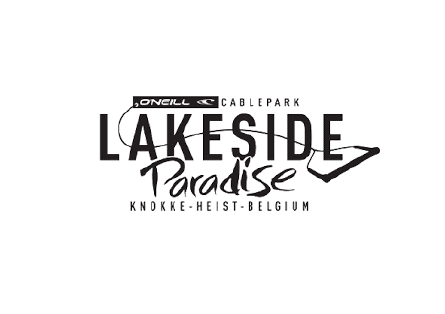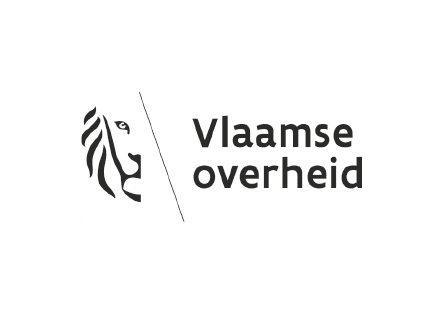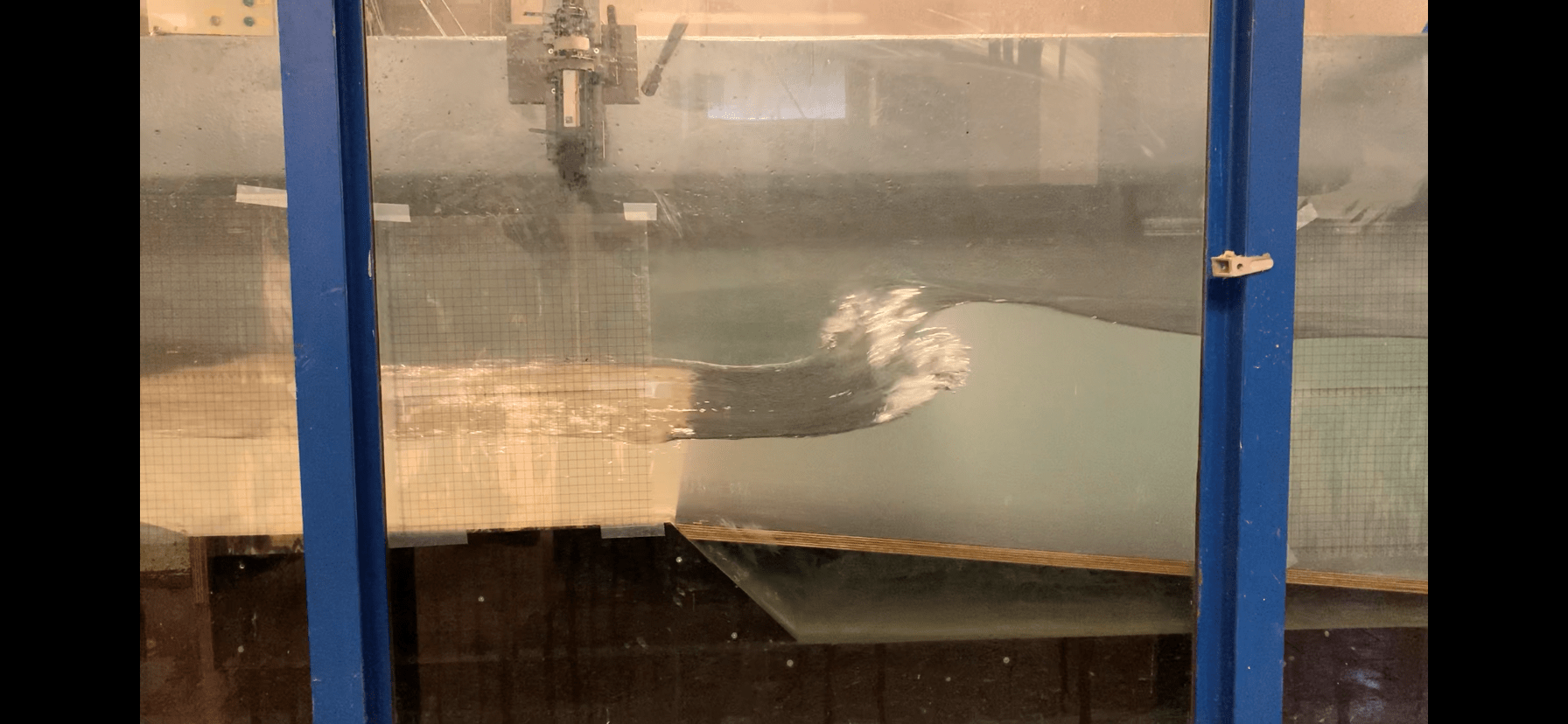AllWaves reefs are specifically designed to avoid both backwash and wave reflection. With this purpose in mind, the Coastal Ocean Basin (COB) has created the scientific ground for the AllWaves reef setup. The Coastal Ocean Basin is a consortium of the Universities of Ghent and Leuven, and Flanders Hydraulic Research Institute.
But how to avoid backwash and wave reflection in a wavepool
In 2020 we started off with experiments in COB’s wave flume facility. This concrete wave flume is 30m long, 1m wide and 1.2m high. Under those circumstances a 2D slice of the passive wave absorber system can be investigated. Based on desk research that has been performed prior to the tests, a passive wave absorber system was selected. This was subject to further investigation in terms of both reflection coefficients and backwash velocities. In short, the experimental set-up, test matrix and analysis results serve as design guidance for the passive wave absorber system (reef) in our test surf pool in Knokke-Heist.
“Generating perfect wave conditions in recreational surf pools depends on the wave generation system and wave transformation phenomena. Backwash results in steep cross waves and confused wave conditions. Our experiments have led to a state-of-the-art solution delivering a generic reef, where more than 90% of the remaining energy is dissipated.”, says Prof. Peter Troch and Dr. Maximilian Streicher, Coastal & Ocean Basin, Ghent University, Belgium.
It is specifically designed to avoid backwash and wave reflection. This results in soft slopes where incoming waves break and disappear seamlessly. After an AllWaves wave breaks, the water flows back into the pool without disturbing the next perfect, rolling set of waves. Thanks to that, there is no need to interrupt the surfing session to calm down the water. Waves can roll non-stop. And the entire system has an optimized energy efficiency.
To conclude, the abscence of backwash and wave reflection is above all interesting for surf park operators to obtain a commercially viable business model of their wavepool. On the on hand, no wasted time between waves, means surfers can keep surfing, and everyone can catch at least 15 waves in a 1-hour session. On the other hand, no trailing waves means no wasted energy, so optimized operating expenses.
In cooperation with:




With financial support of:






